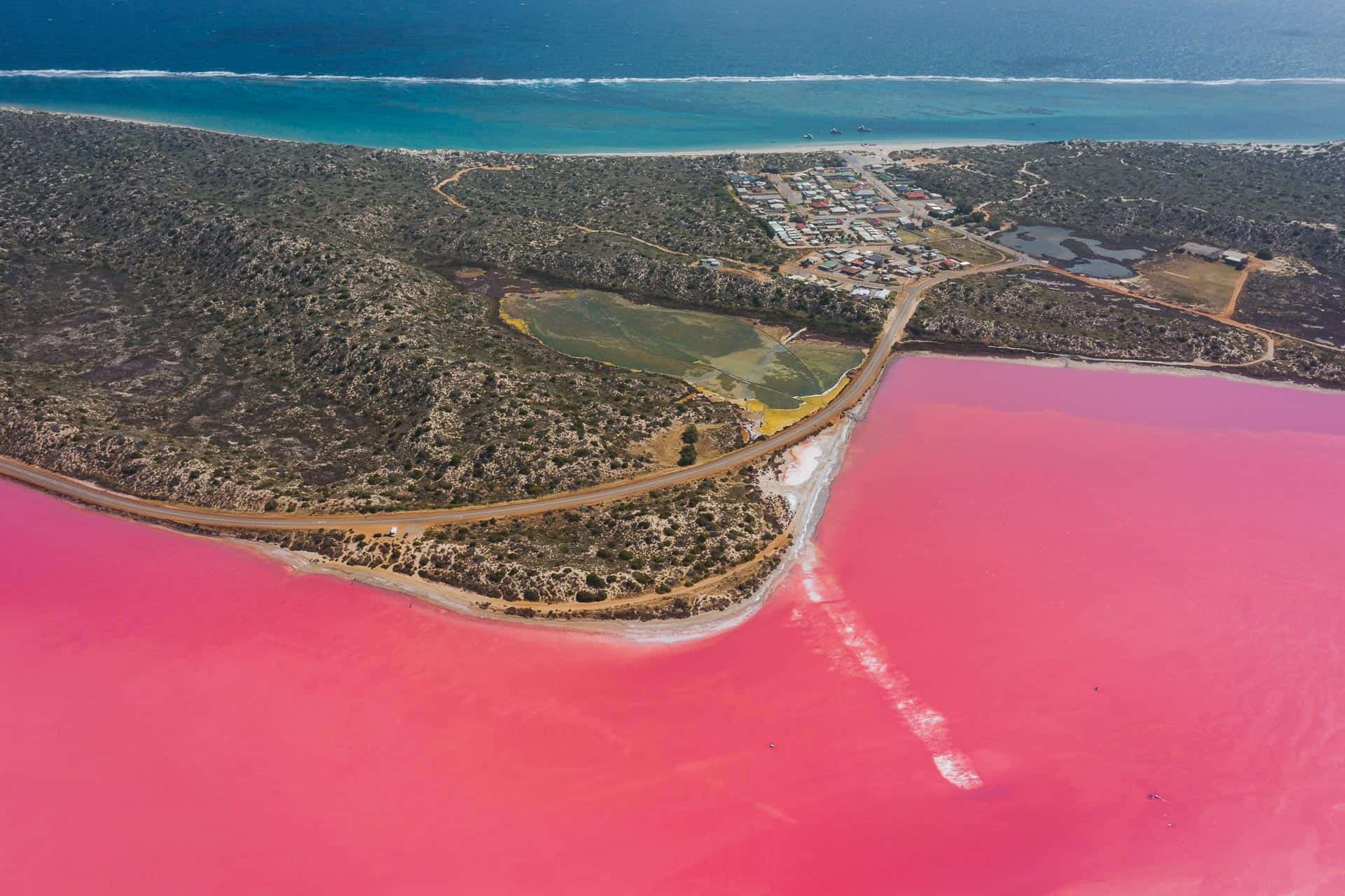Pink Lake in Western Australia: Is It Really Pink?
Pink Lake in Western Australia: Is It Really Pink?
The allure of the enigmatic Pink Lake, nestled within the breathtaking landscapes of Western Australia, has captured the imaginations of travelers and photographers alike. Its vibrant hues evoke visions of whimsical wonder, prompting many to ponder the reality behind its colorful façade. Is this lake genuinely pink, or is it merely an optical illusion created by the interplay of light and environment? To unravel this mystery, we must delve into the geological, biological, and chemical factors that contribute to its unique coloration.
The Science Behind the Pink: What Causes the Color?
At first glance, the vivid pink waters of the lake appear almost otherworldly. The hue results primarily from the presence of specific microorganisms, particularly *Dunaliella salina*, a type of algae that thrives in saline environments. This microalga contains a pigment called beta-carotene, which gives it a reddish-orange color. In high salinity conditions, where these algae flourish, the concentration of beta-carotene increases, intensifying the lake’s pink coloration.
Additionally, other factors contribute to the lake’s enchanting color. High salinity often leads to a decrease in the presence of competing phytoplankton and bacteria, allowing *Dunaliella salina* to dominate the ecosystem. Furthermore, the evaporation of water concentrates salts and other minerals, creating an optimal environment for these microorganisms to flourish. The interplay of sunlight, salinity, and the presence of algae culminates in the striking pink of the lake.
Visual Splendor: The Best Times to Visit
To truly appreciate the breathtaking beauty of Pink Lake, timing your visit is paramount. The lake’s coloration can vary considerably depending on environmental conditions and the time of year. Late spring and early summer often provide the most vivid shades of pink, as temperatures rise and evaporation increases, leading to a higher concentration of salt and algae.
Visiting in the early morning or late afternoon also enhances the visual experience. The soft light during these times magnifies the lake’s beauty, resulting in stunning photographic opportunities. Consequently, capturing the lake in all its glory means deftly navigating both climatic conditions and natural light.
Ecology and Conservation: Protecting the Pink Wonder
The ecological integrity of Pink Lake is paramount. The unique organisms that contribute to the lake’s pink hue are sensitive to environmental changes, and human activities can pose significant risks. Agricultural runoff, over-tourism, and climate variability can impact the delicate balance needed for the lake’s ecosystem to thrive.
Conservation efforts are essential to sustain the lake and its surrounding environment. Protecting this habitat requires collaborative endeavors among local communities, scientists, and policymakers. With effective stewardship, it is possible to maintain the lake’s ecological health while allowing visitors to marvel at its unique beauty.
Beyond Its Aesthetic Allure: Cultural Significance
Beyond the science and stunning visuals, Pink Lake bears cultural significance as well. Indigenous peoples have long revered the natural wonders of Western Australia. The lake often serves as a site of stories and traditions passed down through generations. Recognizing and respecting this cultural heritage is vital, enriching the overall experience for visitors and fostering a deeper connection with the land.
Traveling to Pink Lake provides more than a mere feast for the eyes; it offers an opportunity to explore the intersection of nature, science, and culture. The lake’s striking color draws individuals from around the globe, yet the experience extends far beyond a photo opportunity.
In Conclusion: A Living Kaleidoscope
Is Pink Lake really pink? Most certainly, owing to a symphony of microbial life, salty surroundings, and diaphanous light. It stands as a testament to nature’s ability to astonish and inspire. Visiting Pink Lake enables one to engage with a vibrant ecosystem that tells a story of resilience amidst adversity. Conservation efforts will ensure that future generations can continue to appreciate this living kaleidoscope, preserving its wonders for years to come.
You May Also Like
Best Fish to Catch in Australia: A Guide for Anglers
Australia boasts an extraordinary diversity of fish species, making it …
Emily Bay Norfolk Island: A Hidden Gem in the Pacific
Emily Bay, a picturesque enclave nestled on the sun-kissed shores of …
Holidays on August 23: Global Festivities & Observances
August 23 is a date that carries a bouquet of cultural significance …





